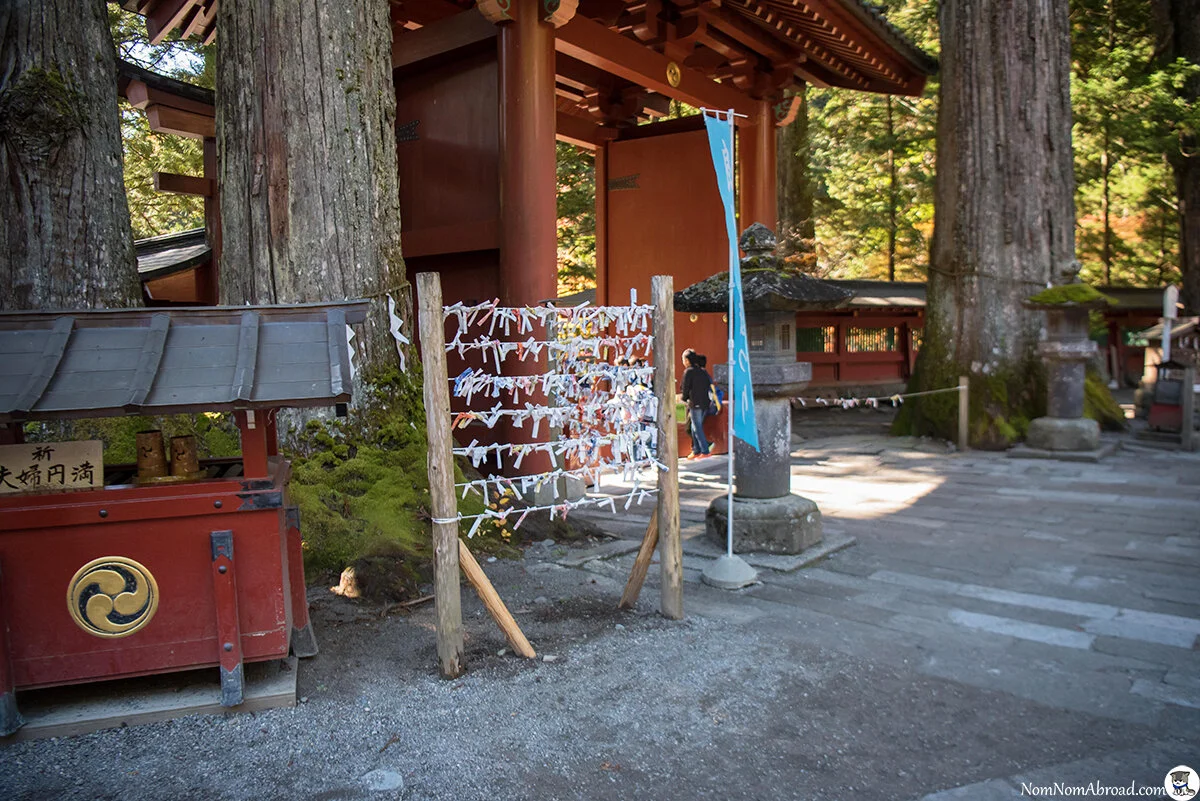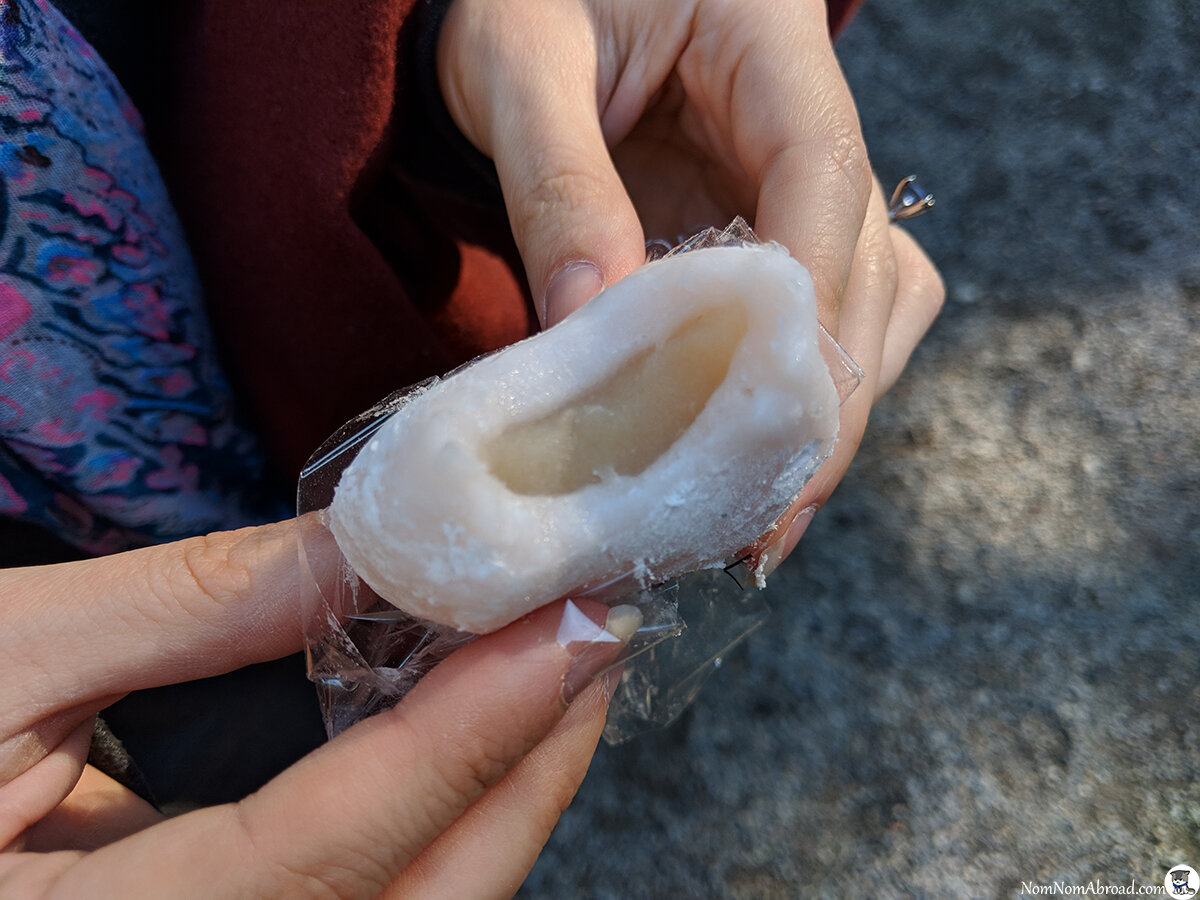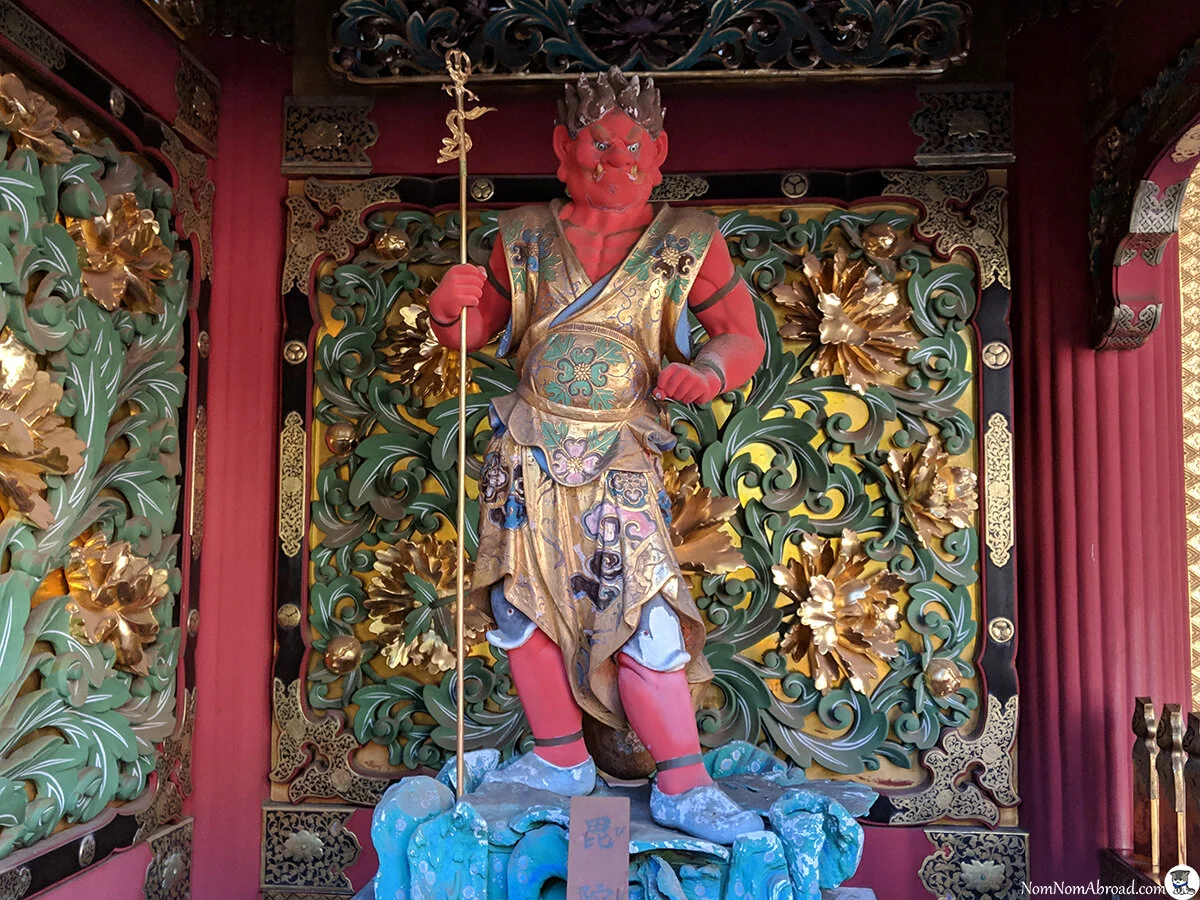Shrines and Temples of Nikko
/On the western end of Nikko lies the massive complex that is collectively known as the Shrines and Temples of Nikko. The complex is comprised of the Futarasan Shrine, Tosho-gu Shrine, Rinno-ji Temple, and Taiyu-in Temple. This very culturally significant site is further enhanced by the gorgeous forest surrounding it.
The Shrines and Temples of Nikko take up 126 acres on the side of the mountain. Between the shrines and temples there are 103 structures in the complex. Nine of the structures are designated National Treasures of Japan, and the remaining are listed as Important Cultural Properties. The complex was listed as a World Heritage Site in 1999 by UNESCO (United Nations Educational, Scientific and Cultural Organization).
Just across from the intersection next to the Shinkyo Bridge there is an old stone stair path leading up into the complex. There are many other entrances as well, but we really liked the one we took. The path was well worn and lined with trees. It was a more indirect route that took us up along many of the minor structures that are a part of Rinno-ji. At one intersection there was a dragon fountain and behind that a statue of a monk.
Walking through the entire site took us probably around three hours. Much of the area can be walked around for free but Rinno-ji, Taiyu-ji, and Tosho-gu have entrance fees to view the main structures. It’s unfortunate that there isn’t an overall pass for the whole site.
Futarasan Shrine
The Futarasan Shrine was founded in 767 by the monk Shodo. It is here that three deities; Okuninushi, Ajisuki, and Tagorihime are enshrined. The Shinkyo Bridge is actually a part of the shrine even though it is rather far from the main area. The shrine is small when compared to the rest of the site, but it still has great importance. Two swords that are national treasures are housed here as well. The shrine is the only major part of the complex that doesn’t have an entrance fee.
Getting to the shrine required us to walk down a long path called the Kamishindo. Walking down the path we were flanked by stone lanterns and trees. The shrine itself is beautiful and is similar to many other shrines, but the appeal is amplified by the surrounding forest. It’s clear this is a popular shine as well with all the many fortunes tied up.
Making donations at shrines and temples is very common, but it was funny to see how the shrine now takes donations electronically via a link with a QR code. They even have their own anime-styled shrine maiden.
Tosho-gu Shrine
The newest addition to the complex is the Tosho-gu Shrine that was built in 1617 and is dedicated to the shogun Tokugawa Ieyasu. Ieyasu was the first shogun of the Tokugawa shogunate and one of the three unifiers of Japan. The shrine was later enlarged by Ieyasu’s grandson Iemitsu. This was the busiest area of the complex, and we had to pay an entrance fee.
Just outside the entrance to the pay area of the shrine is a five-story pagoda. Each story represents an element: earth, water, fire, wind, and aether. There was also a vendor selling various treats, so we bought some mochi.
This is by far the most ornate shrine we’ve seen. The amount of detail the craftsman put into everything is insane. It is very impressive and beautiful. First we had to pass through the gate guarded by the Nio. After entering the shrine we walked along the side of a building and across from many stone lanterns. Then there was the stable with the famous sculptures of the wise monkeys on it portraying the “hear no evil, see no evil, speak no evil”.
Just past the stables was the chozuya, a torii gate, a bell, and a few buildings.
Just up the path is the Yomeimon gate which is intricately detailed in ivory white, black, and gold. Inside the gate is a lion and a figure that we assume is Ieyasu. There is also a beautiful dragon mural painted above.
The main building inside the gate is the Karamon. When we visited it was still being refurbished and had scaffolding around it. We were still able to walk inside, but we had to take our shoes off first. Inside there was a shrine maiden talking to a group of visitors. Photography is forbidden, so we were only able to get pictures from the outside.
Just outside the Karamon is a storehouse that houses what seemed to be what is carried around during festivals. Across from the storehouse is the path leading up the mountainside to the tomb of Ieyasu. Before that we had to pass under the carving of the sleepy Nemuri-Neko that was carved by the famous Hidari Jingoro.
After climbing what seemed like way too many stairs we reached the tomb. The tomb itself is off limits, but visitors can walk around the outside of it. Ieyasu’s remains are inside the pagoda in the center.
Rinno-ji Temple
Rinno-ji Temple was founded in 766 by the monk Shodo. Within the main building called the Sanbutsudo are three large statues of Bato Kannon, Senju Kannon, and Amida. These are the Buhddist manifestations of the kami enshrined at the nearby Futarasan Shrine. There is a fee to enter the Sanbutsudo. When we visited, the whole structure was under renovation and was covered in a large protective shell that was partially open. We could see part of the building, but the funny thing was they had a large picture of it on the outside of the protective housing. Photography was not allowed inside. Even with all the construction the interior was impressive and beautiful. It’s just a shame we couldn’t see it uncovered.
Across from the Sanbutsudo is the Rinno-ji Treasure House. There is a small fee to enter the museum and the garden. The museum had many pieces from the 8th century including scrolls, paintings, and sculptures. There was even a section related to the Tokugawa shogunate. Like with many of the places here, photography is not allowed inside. The museum was interesting and worth walking through. The real reason we came in however was to visit the garden in the back.
The garden’s main feature is the central pond, which has a path looping around it. Despite being smaller than other gardens, it was still a beautiful and an enjoyable walk around the path. It was definitely worth visiting.
Taiyu-in Temple
Down near Futarasan Shrine and up a hillside is Taiyu-in Temple. The temple was originally a shrine and mausoleum built for Tokugawa Iemitsu. It was later granted temple status by Emperor Gomizuno. Rinno-ji Temple administers Taiyu-in Temple, so it doesn’t usually get listed as one of the key parts to the complex like the other three are. Modeled after the Tosho-gu Shrine, but built to be smaller and less ornate out of respect for Ieyasu’s shrine, Taiyu-in Temple is very similar in many ways. This temple is also much less crowded and very tranquil, but is just as worthy of a visit. As with most of the main attractions at the complex there was an entrance fee.
We first walked through the Niomon gate and then to an impressive chozuya where visitors can cleanse themselves.
Then we went up more stairs and through the Nitenmon gate.
Finally after another set of stairs we passed through the Yashamon gate and were at the mausoleum. One nice aspect of this temple is that the Nio guarding the gates are very vibrant when compared to the ones at Tosho-gu which appear sun bleached and need to be repainted.
From here we walked around the gorgeous and elaborately designed mausoleum. Large stone lanterns lined most of the pathways. At the back corner and built into the hillside sits the tomb of Iemitsu.
Overall the Shrines and Temples of Nikko is a wonderful place to visit. Even without entering the fee areas, the site offers a lovely walk through towering trees and lantern lined paths.
If you’re driving to the site make sure to get there as early as possible. There are many different parking lots around, but they do fill up quickly. We managed to park at around nine in the morning when there were plenty of open spots. When we returned later there was a line of cars waiting to take whatever spot opened up.
Google Maps Link: Futarasan Shrine
Google Maps Link: Tosho-gu Shrine
Google Maps Link: Rinno-ji Temple
Google Maps Link: Taiyu-in Temple
Google Maps Link: Nikko Parking Lot 1




























































































































